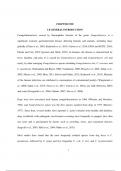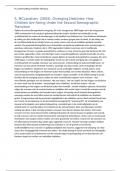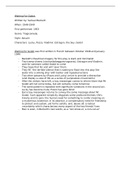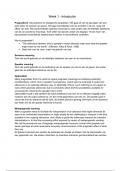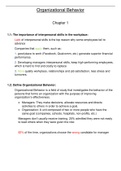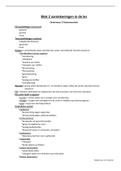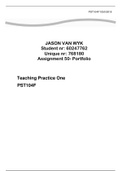Summary
Summary study of bacteria
- Module
- Nursing (BACTERIALOGY)
- Institution
- Oxford University (OX)
Dengue is an arboviral infection that occurs in tropical and sub-tropical regions of the world. The infection is caused by the dengue virus (DENV) that exists in four distinct but closely related virus serotypes (DENV1-4) that show extensive genetic variability (Gubler 1989; Rigau-Perez et al. 1...
[Show more]
